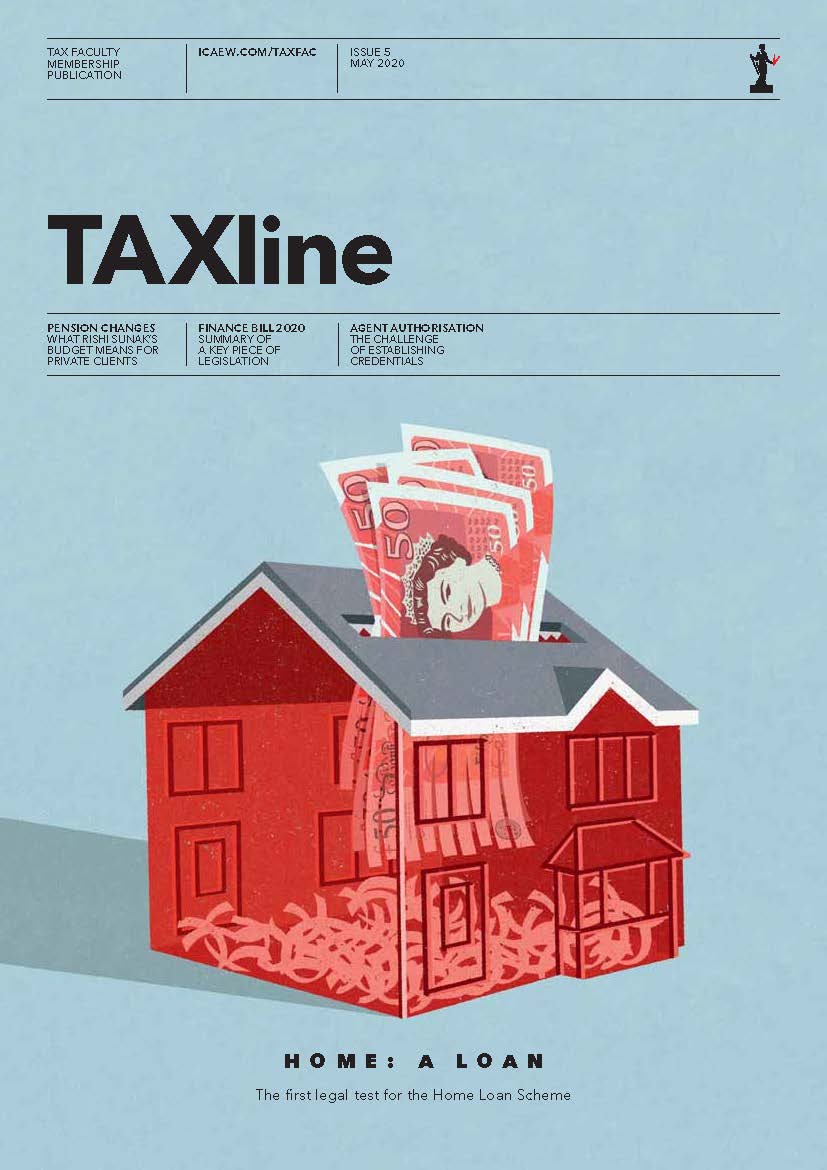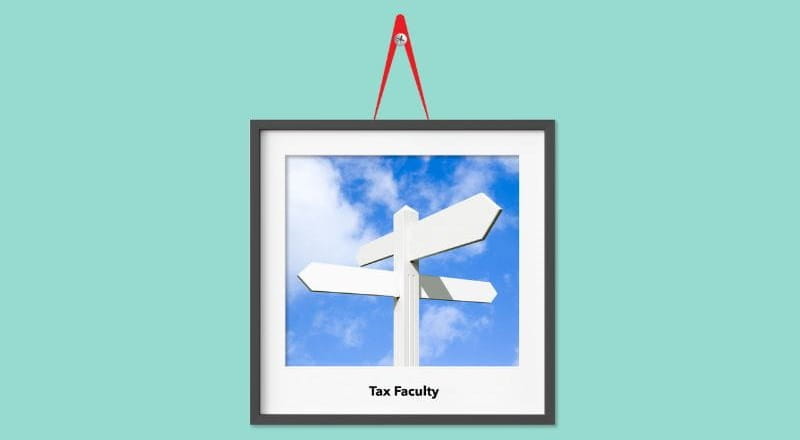HMRC has released details about the additional information form, which must be used for claims submitted on or after 1 August 2023. It is also possible to submit the form before 1 August 2023.
The form must be submitted before submitting the company tax return, otherwise the R&D claim will be removed from the CT return.
The form can be submitted by an agent or a representative of the company. However, it must provide details of the main senior internal R&D contact in the company who is responsible for the claim, as well as any agent involved in making the R&D claim.
HMRC has voiced its concerns around the conduct of some agents in respect of R&D. Requiring details of agents involved in making the claim and a senior responsible person for the company, is clearly aimed at ensuring agents are transparent around their involvement in making claims and that R&D compliance is being managed at a senior level within an organisation.
Concern is being expressed that the form applies to both ongoing projects as well as accounting periods that have already ended. Companies need to ensure that all necessary information is being captured. Relevant internal systems may need amending to identify the information in a timely fashion.
The form also requires details of qualifying expenditure (including qualifying indirect activities and information about the R&D projects undertaken). Companies with a larger number of projects can provide details about a sample of the projects. This must cover a minimum of three projects accounting for at least 50% of the qualifying R&D expenditure.
The guidance also sets out what should be included in the project details section. This includes matters such as the advancement in technology, the baseline in technology, the technological uncertainties and how they were overcome.
Some advisers have voiced concerns that existing reports might not be sufficient. Reports may not contain as large a sample of R&D projects as HMRC requires, especially if the projects undertaken are of a similar nature and in relation to the same technological uncertainties. Similarly, there are likely to be challenges in allocating costs between projects. The AI form might therefore result in increased administrative costs for compliant businesses.
There are still many uncertainties to be resolved concerning the form – for example, the impact on groups and amended returns. Members have also questioned the process where the authorised tax agent and the R&D adviser are not the same.
ICAEW’s Tax Faculty will continue to work with members and HMRC on policy developments in this area to try to resolve uncertainties.
The Tax Faculty
ICAEW's Tax Faculty is recognised internationally as a leading authority and source of expertise on taxation. The faculty is the voice of tax for ICAEW, responsible for all submissions to the tax authorities. Join the Faculty for expert guidance and support enabling you to provide the best advice on tax to your clients or business.
More support on tax
ICAEW's Tax Faculty provides technical guidance and practical support on tax practice and policy. You can sign up to the Tax Faculty's free enewsletter (TAXwire) which provides weekly updates on developments in tax.
Sign up for TAXwireJoin the Tax Faculty


